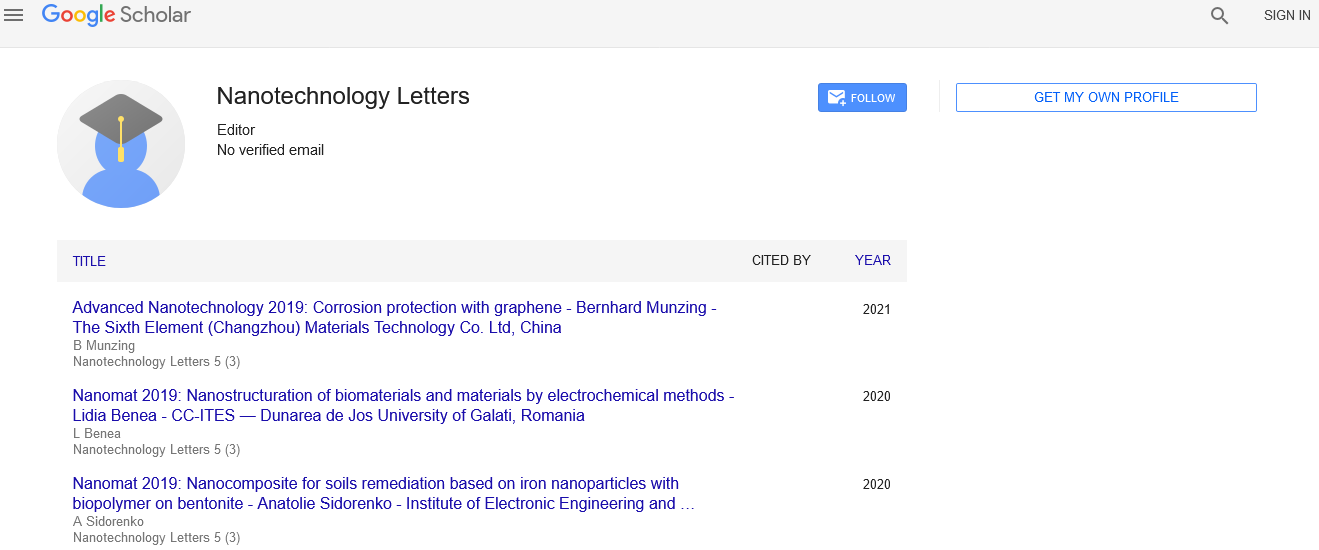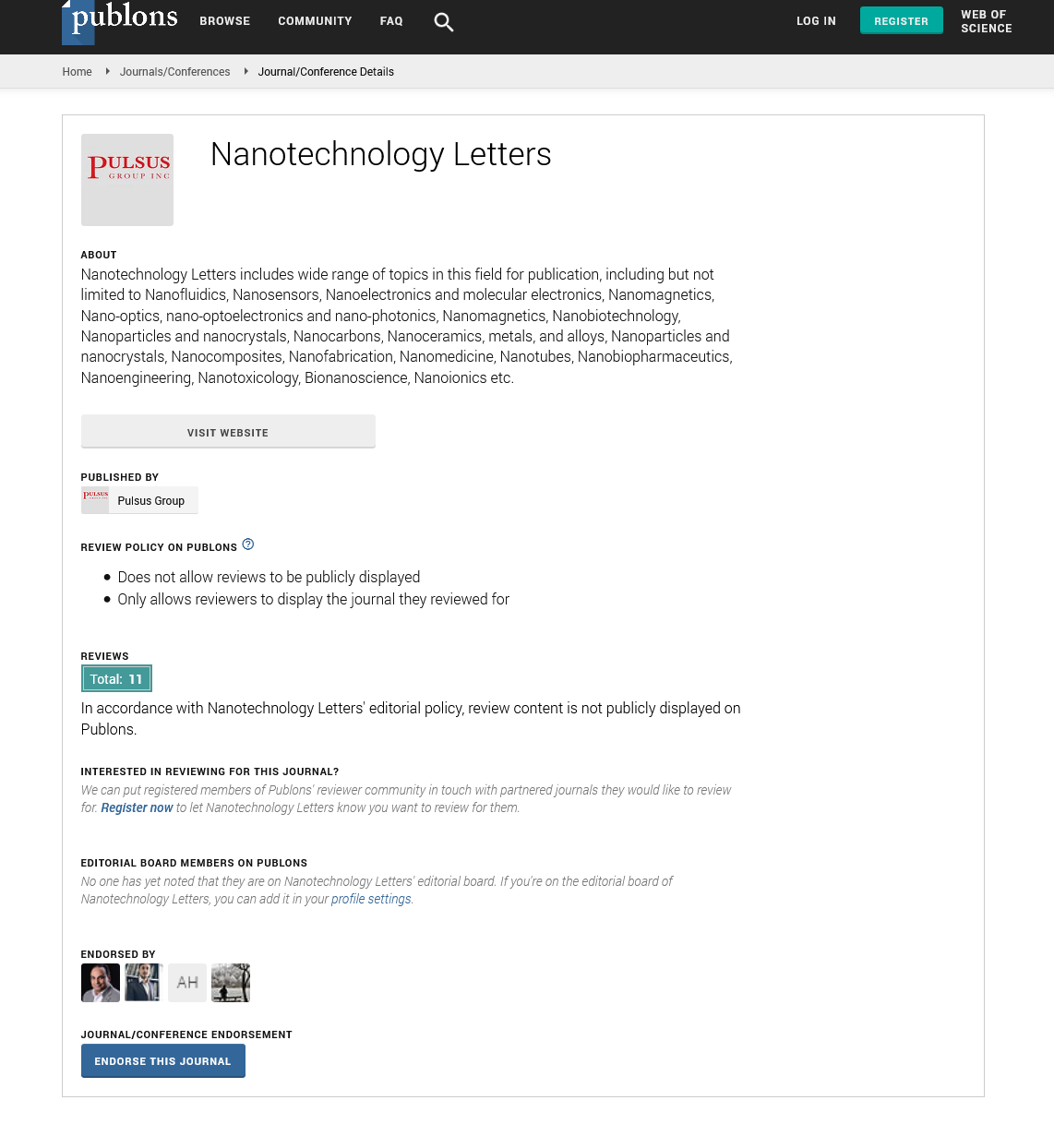
Sign up for email alert when new content gets added: Sign up
Author(s): Junhui Hu
Ultrasonic vibration provides an environment-friendly, effective and facile way to machine and manipulate nanoscale workpieces and samples, which have potential applications in nano sensor fabrication, nano structure assembly, nanoscale sample test and characterization, etc. In this speech, the latest advances in nano machining and manipulation technology based on ultrasonic vibration, which have been achieved by the authors’ group recently, are reported. It includes the ultrasonic rolling of metal nanowires and nanoparticles on a substrate in air, ultrasonic cutting of metal nanowires on a substrate in air, and ultrasonic pickup of nanowires at the interface between a droplet and substrate. Details of the device structure, working principle, machining/ manipulation characteristics, and application range of the methods will be given in the speech. The ultrasonic devices utilize low-frequency ultrasonic vibration, and may be easily fabricated. The nano machining and manipulation can be easily implemented on an ordinary substrate such as Si, SiO2 and glass substrates, under a microscope.
Ultrasonic vibration (UV) treatment has been successfully applied to improve the particles distribution of nano-sized SiC particles (SiCp) reinforced Al-5Cu alloy matrix composites which were prepared by combined processes of dry high energy ball milling and squeeze casting. When UV treatment is applied, the distribution of nano-sized SiCp has been greatly improved. After UV for 1 min, large particles aggregates are broken up into small aggregates due to effects of cavitation and the acoustic streaming. After UV for 5 min, all the particles aggregates are dispersed and the particles are uniformly distributed in the composites. Nanomanipulation is tipped to lead to a new form of manufacturing – molecular manufacturing. The end goal of molecular manufacturing is the production of precision components and whole products starting with molecule by molecule assembly. Tiny robots would bring molecules together at the nano level and then, layer by layer, build a full size product. If each stage in the development of these products doubles the size of the previous stage, a metre sized component will be achieved in 30 steps from the nano level. However, the mechanism of nanomachining by ultrasonic-assisted AFM is still unclear. Furthermore, the mathematical control model for the nanomachining process is still lacking. Therefore, the UV-assisted nanomachining process is difficult to control on the nanometer-thick film, and no additional work has been reported at this time. In this paper, the mechanisms of ultrasonic-assisted AFM subnanomachining have been analyzed by using a point-mass model for the dynamic AFM cantilever, and a mathematical model of ultrasonic subnanomachining has been established on the basis of these mechanisms.
Typical top-down approaches that rely in the AFM are based on the use of a cantilever tip that acts as a plow or as an engraving tool. In the presence of ultrasonic vibration, the tip of a soft cantilever can dynamically indent hard samples due to its inertia. This may facilitate the machining of hard samples, such as semiconductors or engineering ceramics. In addition, a reduced machining time may be expected. Furthermore, as ultrasound reduces nanoscale friction, finer features and improved surface quality should be achievable at soft materials, as for instance plastic coatings. In bottom-up approaches, ultrasound may assist in the self-assembly or manipulation of nanostructures. In addition, ultrasonic-AFM provides subsurface sensitivity. Subsurface dislocations in HOPG have been observed and reversibly displaced using ultrasonic AFM.
Conclusion & Significance: Ultrasonic vibration can be utilized in the machining and manipulations of nanoscale work pieces and samples. The method is environment-friendly, effective and facile.
PDF






